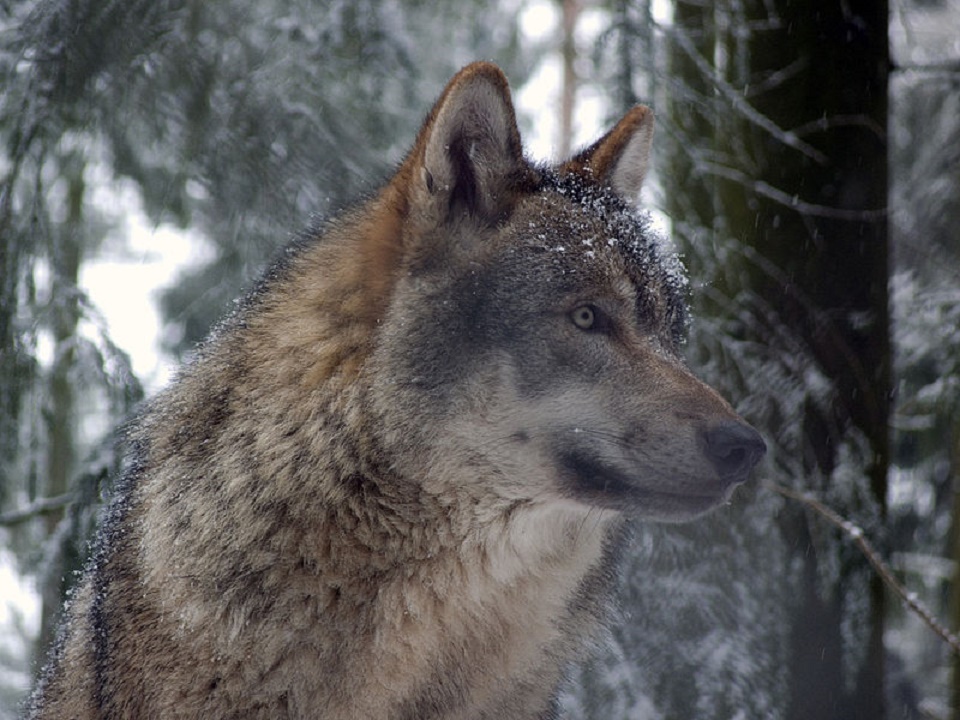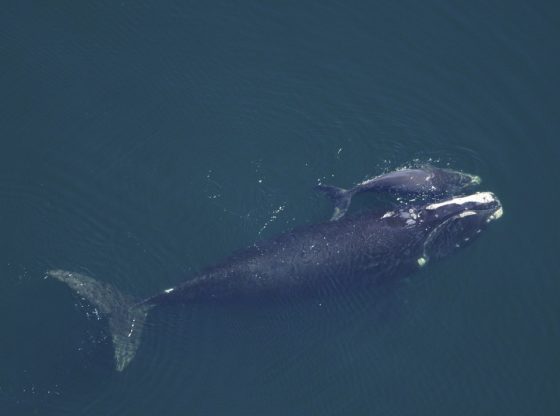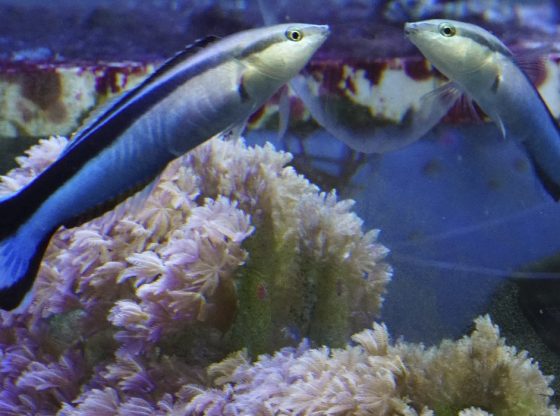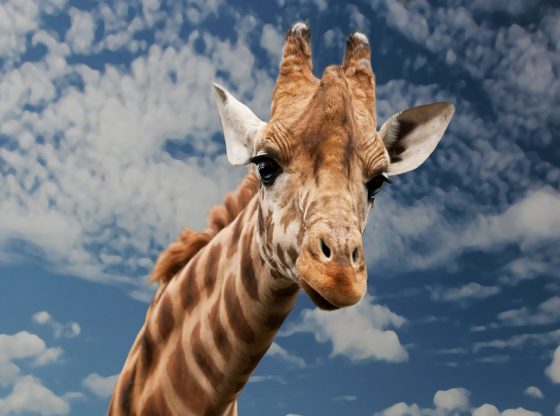
We all know that wolfs are the ancestors of all present-day dogs, but how did this evolution happen so fast and how did it initially begin?
Science has established by using SNP (single-nucleotide polymorphism) comparison narrowed the likely ancestral subspecies of gray wolf to the Middle Eastern and South Asian wolf.
Prehistoric Wolves
But how the wolf evolved to present day dogs it is still a subject of debate. Fossils place the earliest dogs between around 33,000 years ago in Siberia to around 11,000 years ago in Israel. The above-mentioned DNA research of modern-day dogs places domestication of wolfs to at least 10,000 years ago, in Southeast Asia or the Middle East.
But science does not yet confirm that all dogs, both big and small, more sociable and less aggressive, all are descendants of wolves. It could be that some other ancient ancestors were domesticated, perhaps foxes or some other prehistoric prairie dog.
Human Selection or Natural Selection
The actual process how humans domesticated the wolf is also still not clear, but it has been suggested that wolfs were selected for breeding with certain desirable aspects, such as that of obedience, sociability, and human corporation during hunting.
But it is also suggested that the domestication of wolves was a process that occurred through natural selection without human direct involvement. Since when early humans created a new ecological niche of middens and landfills when we went from being hunter-gatherers to a stationary life of settlements and agriculture.
Some wolves would begin to encroach on the settlements and form a special relationship with humans, feeding on their waste over many generations, with natural selection thereby favoring assertive wolves with tame characteristics.
Carbs Separates Dogs from Wolves
And now a new study published in Nature points in the direction of the latter evolutionary process as probable. Since the scientists noticed that carbohydrate digestion by dogs is a key element in their evolution. The study shows that dogs can break down starch into sugar to be used as energy much more easily than wolves. And these changes in genes made dogs more adapt in digesting the scraps that they scavenged from humans, thereby opening up an alternative food source and helping them thrive.
Erik Axelsson, evolutionary geneticist at Uppsala University in Sweden was part of the study and said to Los Angeles Times, “That food was obviously the same kind of food that we were eating,” “It makes perfect sense that the most efficient scavengers were the wolves that could cope with this starch-rich diet,”.
Kerstin Lindblad-Toh is also a geneticist at Uppsala University and led the research team. She mentions the apparent double evolution in Nature, where both humans evolved to more easily digest starches from around 10,000 years ago with the rise of farming, and also dogs at the same time; “This is a striking sign of parallel evolution,” she says. “It really shows how dogs and humans have evolved together to be able to eat starch.”
This study adds to the evidence that dogs should not eat the same food as wolves, after all, dog-food does contain about 20% to 30% protein and 40% to 50% carbohydrates.
_______________
Dog’s dinner was key to domestication
______________________________






















